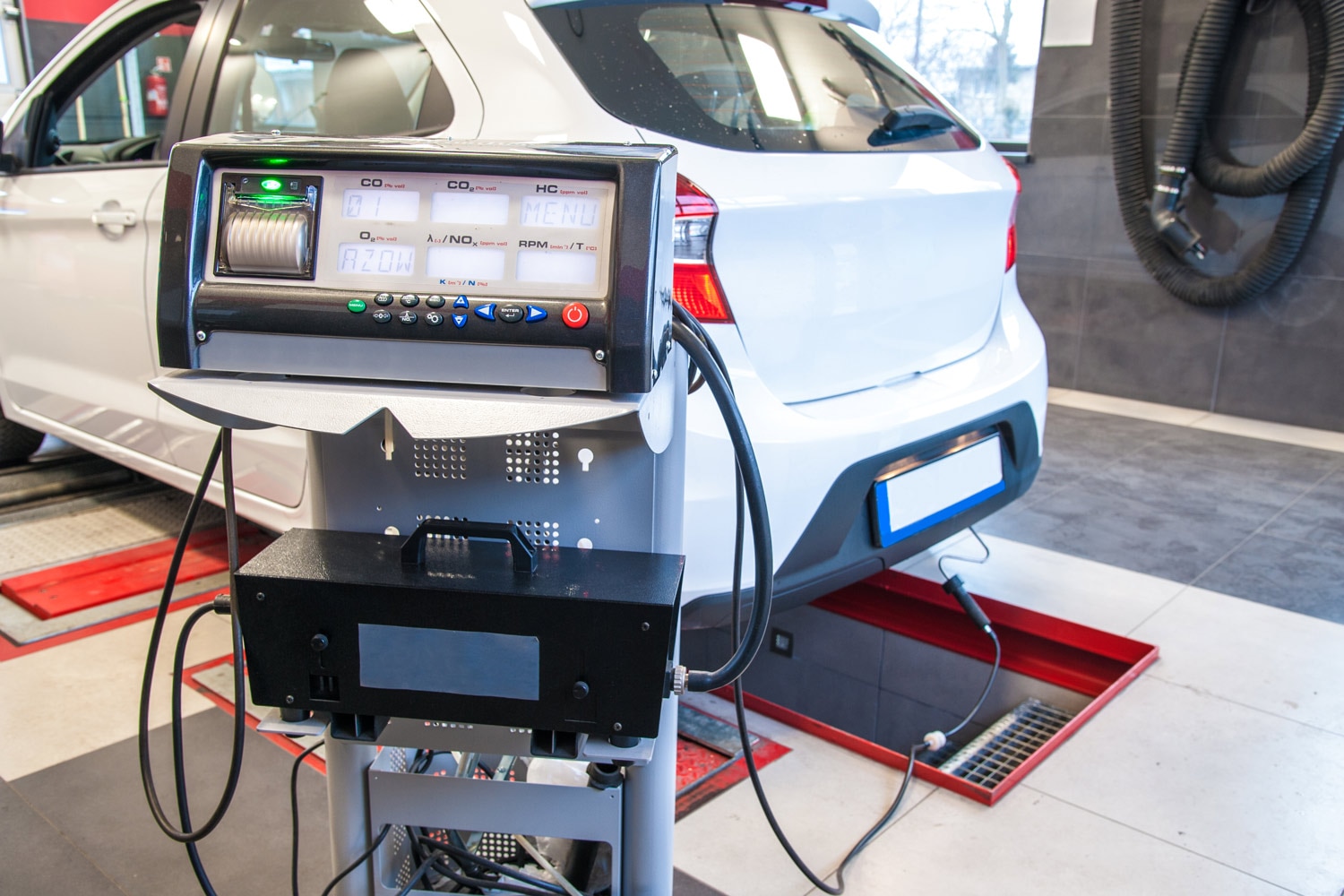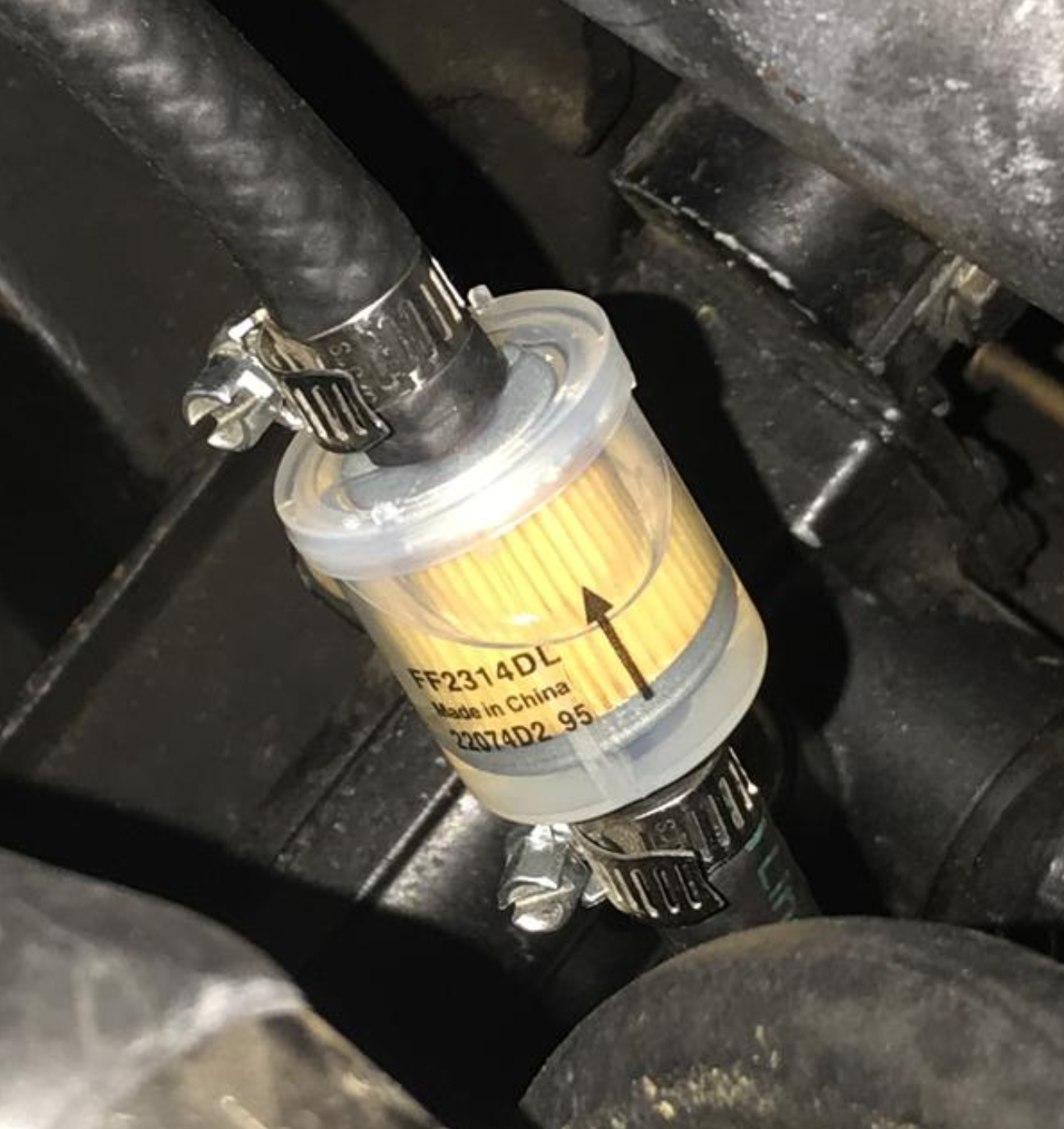Your vehicle’s suspension system does far more than soften the ride—it is a critical safety feature that directly influences handling, braking performance, and overall road stability. Whether navigating congested city streets or winding rural roads, a well-maintained suspension system ensures that the vehicle remains firmly planted and responsive. This month’s blog post explores the suspension system in depth: its purpose, essential components, common issues and warning signs, and key maintenance practices.
What Is the Suspension System?
The suspension system is a complex assembly of mechanical components that connects the vehicle’s frame to its wheels. Its primary functions are to absorb road irregularities, maintain consistent tire contact, and support precise steering control. The core components include:
- Springs: Coil springs or leaf springs support the vehicle’s weight and absorb vertical motion caused by uneven terrain.
- Shock absorbers and struts: These hydraulic devices dampen the movement of the springs, reducing bounce, sway, and vibration.
- Control arms and bushings: These pivoting links connect the wheels to the frame, allowing controlled vertical movement while isolating road noise and vibration.
- Ball joints and tie rods: These components enable wheel articulation and maintain proper alignment during steering and suspension travel.
Together, these elements work in unison to deliver a stable, comfortable ride while ensuring that the tires remain in contact with the road surface for optimal traction and control.
Common Suspension Issues and Warning Signs
Suspension components deteriorate over time due to mileage, harsh driving conditions, and exposure to moisture, salt, and debris. The following symptoms may indicate that the suspension system requires attention:
- Persistent bouncing or swaying after encountering a bump or dip
- Uneven tire wear, often caused by misalignment or shock absorber failure
- Nose-diving during braking or excessive body roll while cornering
- Clunking, creaking, or knocking sounds from beneath the vehicle
- Loose or vague steering response, especially at higher speeds
Ignoring these signs can compromise handling, increase stopping distances, and accelerate wear on tires and suspension components, all of which pose serious safety risks.
Suspension Maintenance Tips
Proactive maintenance can extend the life of the suspension system and preserve driving performance. Consider the following practices:
- Schedule regular inspections: Include suspension checks during routine service appointments, particularly if driving frequently on rough terrain or carrying heavy loads.
- Replace worn shocks and struts: These components typically last between 50,000 and 100,000 miles, although early wear may occur under demanding conditions.
- Monitor alignment and tire balance: Poor alignment places stress on suspension parts and can lead to erratic handling and premature tire wear.
- Remain alert to changes: A shift in ride comfort, steering responsiveness, or the emergence of unusual noises should prompt further investigation.
- Choose high-quality replacement parts: When replacing components, select original equipment manufacturer (OEM) or reputable aftermarket brands to ensure durability and proper fit.
The suspension system is the unsung hero behind every safe and controlled drive. Maintaining it in optimal condition not only enhances comfort but also protects tires, sharpens steering response, and ensures that the vehicle reacts precisely when it matters most. For suspension service, contact the professionals at Shade Tree Garage to schedule an appointment.
The post Your Vehicle’s Suspension System first appeared on Shade Tree Garage | Morristown, NJ.



